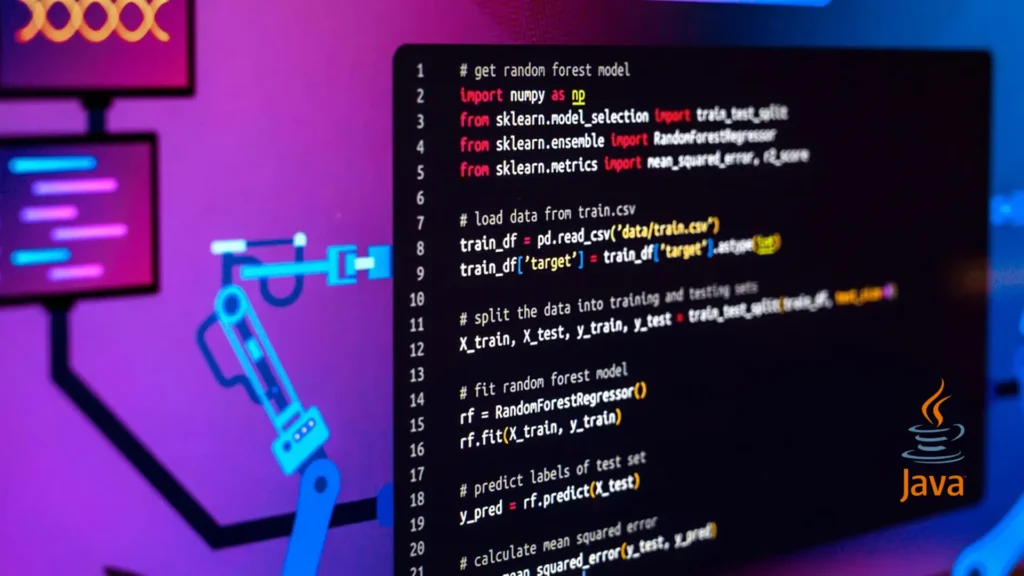One of the big problems SaaS companies face in portfolio expansion is coping with the complexity of software development. An organization that has complex architectures with multiple services and components will face complicated codebases, longer development time, and costly maintenance if it adds more features. To cope with that complexity, some design patterns have essential tools that give structures to solve repetitive problems. Java Facade Pattern is one of the extremely effective tools to create a clear and manageable interface for complex systems. As the pattern of the facade is to simplify the client and subsystem’s communication, it helps developers stay focused on value delivery. Additionally, it ensures that they work without confusion about how to deliver.
This blog will explore the Facade Pattern in detail and describe its benefits and several real-world examples. Read this blog to know the need and applicability of this pattern in a SaaS environment to enhance code clarity and maintainability.
What is the Facade Pattern?
The facade design pattern is a structural pattern that presents a simplified interface to hide the complexities of a subsystem. It allows clients to interact with a system more easily. Using the facade pattern will encapsulate the subsystem’s needed interactions. This way a company shall have a clean and straightforward API.
Benefits of the Facade Pattern
Simplifies Java Code:
It simplifies the classes and methods in the developer’s code, making his code much cleaner.
Encapsulation: The hidden complexities of the user results in higher-level functionality where the user isn’t concerned with details.
Easier Maintenance:
The changes in the underlying subsystem do not propagate to the clients using the facade.
Improved Readability:
The simplified interface makes the code easier to read, understand, and maintain.
Real-world Java Examples of the Facade Pattern
Example 1: Home Theater System
Consider a home theater with various elements, including a DVD player, a projector, a sound system, and smart lights. The usability of these elements individually is terrible if a façade is not available. Without it, users need to turn on each device, set inputs, and adjust settings one by one and manually.
But with the facade pattern, we would create a single interface called HomeTheaterFacade. This facade can handle all the interactions to set up a movie night with a simple method call. The only thing the users do is request to watch a movie. Behind the scenes, the facade takes care of all those complex interactions. This highly simplifies the user experience.
Example 2: E-commerce System
Most e-commerce applications require multiple services. Perhaps one of them needs payment processing, and the other can call for inventory management and shipping. Without the facade, each service would take multiple calls to complete an order. Thereby making the code very drawn out and complex.
Whereas the ECommerceFacade manages the whole process of ordering. It will enable customers to call only one method and complete an order while the facade takes care of the required interactions with payment, inventory, and shipping services. This simplifies ordering and also makes it easier to understand the written code.
Example: 3 - Banking Systems
A banking application has many subsystems such as authentication, transfers, balance inquiry, and history of transactions. If there were no facade, the client would need to directly interact with all of these subsystems and their codes. This makes each sub-system quite complex and duplicative, leaving security breaches/ threats.
An application can supply a simple interface, allowing users to perform banking operations smoothly. Transferring money or checking their balance through a single method call can be a reality. But only if you implement BankingFacade. The facade will then communicate directly with the system. So it is less complex for a developer and simultaneously transparent for the final user.
Implementation of the Facade Pattern
To implement the facade pattern in Java, the significant steps are as follows:
Identify Subsystems:
Specify the classes and objects involved in your system.
Create Facade Classes:
Create a new class which provides a simple interface to these subsystems.
Implement Facade Methods:
Define methods in the facade class that call the underlying subsystem methods.
Use the Facade:
Customers talk to the facade instead of accessing the subsystem class directly.
Deliverydevs Participation in Using the Facade Pattern:
A SaaS company like Deliverydevs can help in dramatically boosting both the speed and code maintainability of developments. Facades in the software architecture allow Deliverydevs to enable interactions between services. This way, developers can then build, test, and deploy new features more easily. This approach helps in maintaining a better-structured codebase. It also decreases the time needed to onboard new developers. Thus, it is quite suitable to say it facilitates quicker responses to customer needs. In the long run, using the facade pattern will make Deliverydevs better positioned to deliver high-quality solutions even more effectively.
Closing Para:
Java facade pattern itself is an essential action simplifier over complex systems. It gains a clear interface through the pattern, allowing easier code reading and maintenance. When applied to your home theater system or your e-commerce application, it will make all the difference. It will organize your code and the user experience you intend to create.






